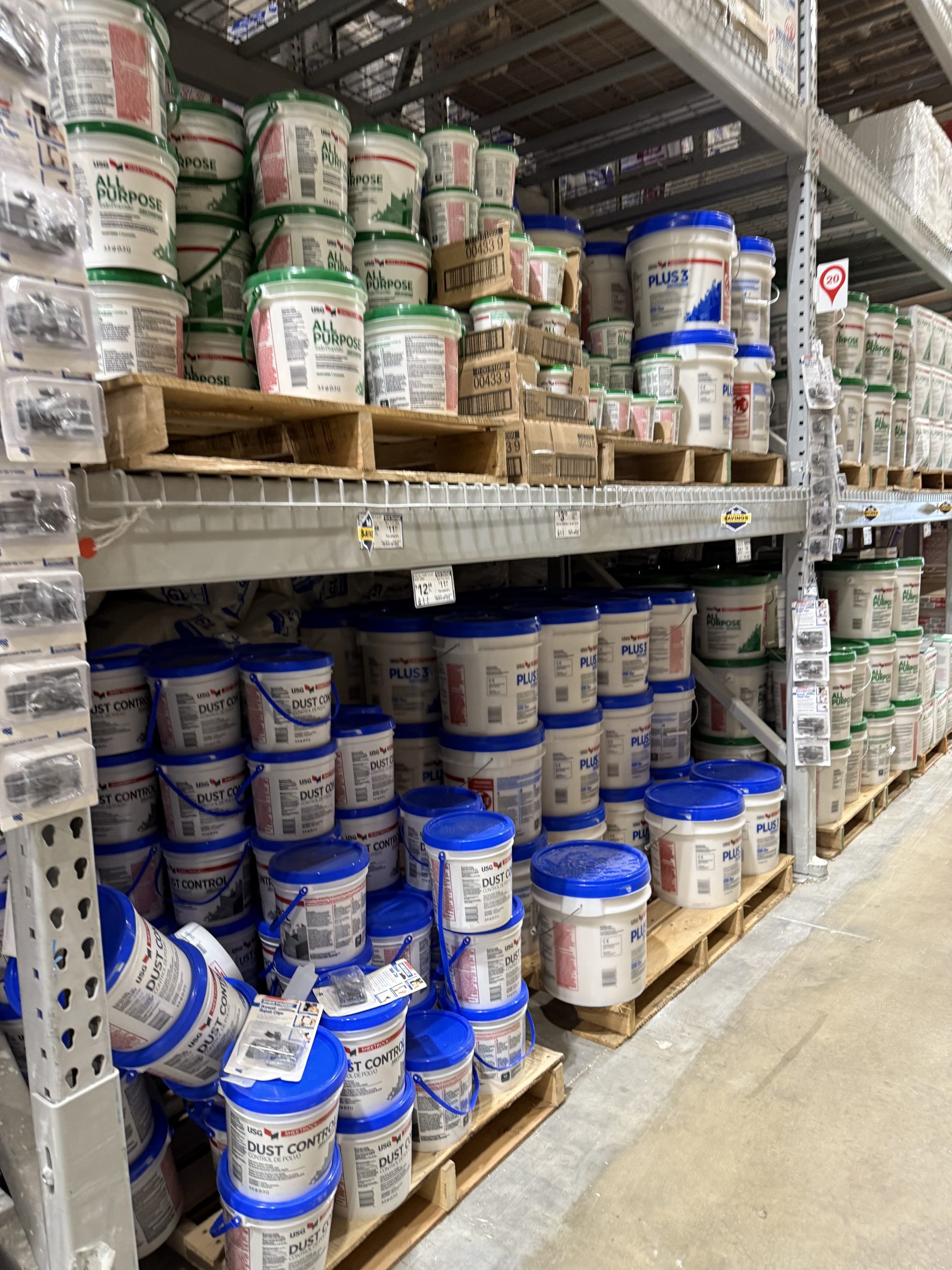
Drywall finishing is a crucial step in the construction and renovation process, as it helps create smooth, seamless surfaces for painting, texturing, and finishing interior walls and ceilings. Joint compound, also known as drywall mud, is a key material used in drywall finishing to fill gaps, seams, and imperfections in drywall installations. Understanding the different types of joint compound available and how to use them effectively can help you achieve professional-quality results and flawless finishes in your drywall projects. In this article, we will explore the various types of joint compound, their unique characteristics, and best practices for using them in different applications.
- All-Purpose Joint Compound: – All-purpose joint compound is a versatile and commonly used type of drywall mud that is suitable for a wide range of drywall finishing tasks. It is available in pre-mixed or powder form and can be used for taping, bedding, and finishing joints, corners, and fastener indentations in drywall installations. All-purpose joint compound is easy to work with, sands smoothly, and dries to a hard finish, making it ideal for both amateur and professional drywall finishers.
- How to Use All-Purpose Joint Compound: – Apply a thin layer of all-purpose joint compound over joints, seams, or fastener indentations using a taping knife or drywall mud pan. – Embed drywall tape into the wet compound and smooth out any excess mud with a taping knife. – Allow the first coat to dry completely before applying subsequent coats, feathering the edges and sanding between coats for a smooth finish. – Sand the final coat of joint compound to achieve a seamless and uniform surface ready for painting or texturing.
- Setting-Type Joint Compound: – Setting-type joint compound, also known as hot mud, is a fast-setting and durable drywall mud that hardens through a chemical reaction rather than evaporation. It is available in powder form and comes in different setting times, such as 20-minute, 45-minute, and 90-minute varieties, depending on the project requirements. Setting-type joint compound is ideal for quick repairs, patching, and finishing tasks that require rapid drying and minimal shrinkage.
- How to Use Setting-Type Joint Compound: – Mix the setting-type joint compound with water according to the manufacturer’s instructions to achieve the desired consistency. – Apply the mixed compound to joints, corners, or repairs using a taping knife or mud pan, working quickly to ensure even coverage. – Smooth out the compound and feather the edges before allowing it to set and harden within the specified time frame. – Sand the hardened compound to achieve a smooth and seamless finish that blends with the surrounding drywall surface.
- Lightweight Joint Compound: – Lightweight joint compound is a low-density and easy-to-sand drywall mud that is formulated with lightweight aggregates to reduce the overall weight of the finished surface. It is ideal for overhead applications, high ceilings, and large drywall finishing projects where reduced weight and easy sanding are desired. Lightweight joint compound is available in pre-mixed form and offers excellent workability, adhesion, and sandability for smooth and professional finishes.
How to Use Lightweight Joint Compound: – Open the pre-mixed container of lightweight joint compound and stir the contents to achieve a smooth and consistent consistency. – Apply a thin layer of lightweight joint compound over joints, seams, or repairs using a taping knife or mud pan, feathering the edges for a seamless finish. – Allow the compound to dry completely before sanding lightly to smooth out imperfections and achieve a uniform surface ready for painting or texturing. – Clean tools and equipment with water after use and seal the container tightly to prevent drying out for future projects.
In conclusion, mastering the use of different types of joint compound is essential for achieving professional-quality results and flawless finishes in your drywall finishing projects. Whether you are taping joints, patching holes, or finishing seams, selecting the right type of joint compound based on the project requirements and desired outcomes will help you achieve smooth, seamless, and durable surfaces ready for painting, texturing, or finishing. By understanding the unique characteristics and applications of all-purpose, setting-type, and lightweight joint compounds, you can enhance your drywall finishing skills, elevate the quality of your work, and create beautiful and long-lasting surfaces in your residential or commercial projects.
Cedar Hill St. Louis Jefferson County Olivette Kirkwood Ballwin Arnold Franklin County St Charles County Fenton High Ridge Dittmer Creve Coeur
